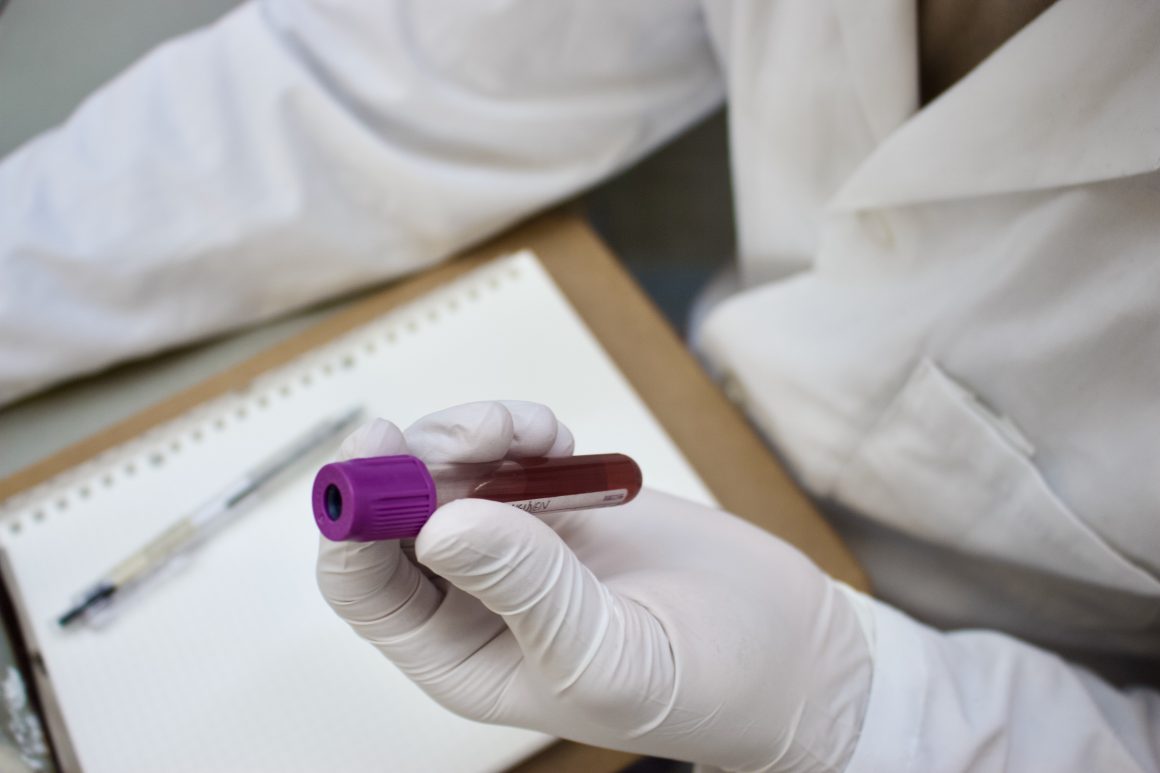
U of C scientists create faster diagnostic tool for bloodstream infections
By Nazeefa Ahmed, June 6 2022—
A blood infection — or scientifically known as septicemia — is when bacteria enters the bloodstream and spreads to other tissues and organs. If left unchecked, blood infections can trigger sepsis — the body’s extreme immune response that damages its own tissues, ultimately leading to death. In instances such as these, fast detection of the infection can be the difference between life and death.
A team led by University of Calgary biochemist Dr. Ian Lewis developed a technology that detects blood infections much faster than current technology. In an interview with the Gauntlet, Thomas Rydzak, the chief scientific lead on the project, discussed the hard work and processes to get to this stage.
“We noticed that there was a problem with diagnostic testing. Currently, standard microbiology workflows take around two to five days to diagnose bloodstream infections,” he said. “First, you incubate the bottle and then you do multiple growing steps to identify which species the bacteria is and the antibiotic susceptibility profiles of these organisms.”
Due to the lengthy process, the team engineered a more efficient diagnostic process.
“[With] post-blood flagging, we found that we can cut down these timelines drastically to find the identity of the species and its antibiotic susceptibility profiles in under five hours,” he said. “We do this using molecules that they secrete or eat to determine specific metabolic patterns that each species creates. For example, E. coli will create different markers than Pseudomonas.”
Rydzak also talked about how important fast diagnosis is to prevent sepsis.
“The amount of time it takes you to prescribe a person the right antibiotic will dictate whether a person lives or dies,” he said. “The other important thing is antibiotic stewardship. Last-line antibiotics may be prescribed to someone in the hospital, but that will ruin your gut microflora. We don’t want to use last-line antibiotics because then we are going to develop resistant organisms and we will run out of antibiotics to treat people.”
Due to the time sensitivity of the virus, it is important for this technology to be available to medical professionals soon. Rydzak explained how partnerships made that a possibility.
“We recently started working with DynaLife,” he said. “We have a mass spectrometry machine there, and we are going to do clinical trials for this. So, I am anticipating that in the next year or two the test will actually be implemented in Alberta.
“In Canada alone, 200 000 people are diagnosed and around 8000 of these patients die,” he continued. “So, if we can give them much faster results with a correct antibiotic, we can save their lives.”
Bloodstream infections can start when bacteria enters the body through the skin, or internally from organs such as kidneys, lungs or bladder. It is common for people who were in a hospital prior to getting the infection, as well as those with cuts or burns, diabetes or urinary tract infections, to name a few. Rydzak also talked about how common blood infections are.
“It is really surprising how many people we have encountered at conferences and people that look at our work and say, ‘Oh yeah, I had a blood stream infection once. I was stuck in the hospital for days and days,’” he said. “You could get a cut and [the bacteria] could actually get into your bloodstream and kill you.”
According to Sepsis Alliance, blood infections can be prevented by caring for wounds immediately, keeping proper hygiene and keeping up to date with relevant vaccines. If you feel symptoms of fever, dizziness or inflammation, speak with a healthcare provider immediately for a fast diagnosis and treatment.
